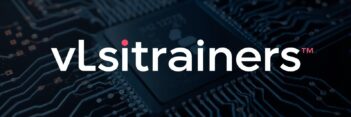Data-Flow Modeling in Verilog: Concepts, Rules & Uses
Data-flow modeling is a higher level of abstraction in Verilog compared to gate-level modeling. It focuses on how data moves through a design, rather than describing individual gates. This makes the design more compact, easier to write/modify, and closer to RTL style while still retaining some explicitness in signal behavior. Why Use Data-Flow Modeling As […]
Data-Flow Modeling in Verilog: Concepts, Rules & Uses Read More »
